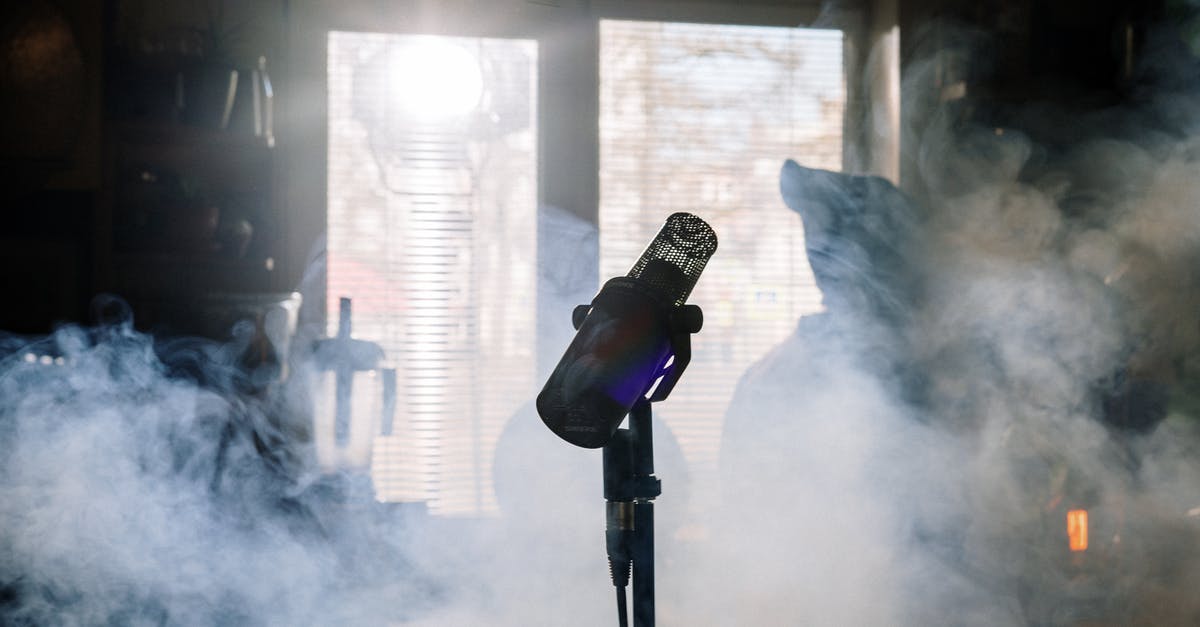What significance does Mike Yanagita have in Fargo?

In the Coen brothers' movie Fargo (1996), the detective Marge Gunderson gets called by and meets an old schoolmate, Mike Yanagita. He tells her that he is widowed and tries to make a move on her.
Later she finds out that he lied about being married and that he actually is a failed existence, a man who lives with his parents and has psychological problems.
The character of Mike Yanagita seems to be a side plot and does not add to the main plot of Fargo, the kidnapping and the consequent crimes, in any way.
So why did the Coen brothers put this character in? Is the subplot just there to give a better picture of one of the main characters, Marge? Is it supposed to explain the moral of the movie, which I think was "money does not bring you happiness"? Or does this character have any significance to the movie, that I am missing?
Best Answer
The "Mike Yaganita" subplot is discussed on the Subplot Screenwriting Tips page, and a blog commenter writes: (Source: Kathleen A. Ryan)
Every time my husband and I watch FARGO (we own the DVD, & are huge Coen bros. fans), we have the same conversation about the purpose of the subplot you mention. My guess, however, is this: Marge is presented as an intelligent cop; however, she can be very trusting and slightly naive about the nature of people. She bought Mike’s story, and was shocked after learning Mike lied (and so convincingly). This, in turn, propels her to return to Jerry (because maybe he lied, too…and the evidence does point to that business). Without this scene, what would have prompted Marge to reinterview Jerry? Her instincts are confirmed when he “flees the interview.” (I’m a retired cop, and I love that scene).
This was further clarified by blog commenter Joshua Christopher Mills who wrote:
Great article, by the way. I wouldn’t fault anyone on missing the point of the Mike Yanagita subplot (I know I didn’t get it for a long time), so I think the observation we need to take away from Fargo is, perhaps, clarity. Even though the subplot does have a specific, solid, necessary purpose, it ends up confusing a lot of viewers because it appears unnecessary. The last thing you want to do is lose the audience–luckily the scenes with Mike Yanagita are funny and well-written, a definite testament to the Coen’s skill–but most writers aren’t the Coen brothers.
IMHO, a spot-on analysis. In short, the character/subplot exists to demonstrate to the viewer that she's too trusting of people.
Pictures about "What significance does Mike Yanagita have in Fargo?"



What is the point of the scene with Mike in Fargo?
The scene with Mike reveals that while Marge is the \u201cinnocent\u201d of the picture, she is still tempted by the same impulses as the rest of the film's players.What is the message behind Fargo?
Fargo is a reminder that everything is futile Everything is futile. The pointlessness of it all is rammed home in Marge's final words to Gaear: "There's more to life than a little money, you know." Gaear and Carl learned this the hard way, as did Jerry, who ends up arrested after his wife's kidnap and murder.Why did Jerry in Fargo need money?
He needed the money to buy that parking lot and become his own man, an equal with his father in law, and a success in the eyes of society. He was so desperate to establish himself as a "serious man", he risked absolutely everything, and lost. Quote from the interview: What made you want to play Jerry?Fargo - Mike Yanagita
More answers regarding what significance does Mike Yanagita have in Fargo?
Answer 2
From an interview with Richard Kelly (writer/director of Donnie Darko):
Can you explain the character of Cherita [Chen]?
I like to call her my ‘Mike Yanagita.’ Remember Mike Yanagita from “Fargo?” He hits on Frances McDormand at the Radisson. They have Diet Cokes at the Radisson and he comes on to her.
If the Coen Bros. didn’t have final cut, a studio executive would have demanded that they cut that scene because it doesn’t make sense, it doesn’t contribute to the plot. But if you really pay attention to “Fargo,” that scene is really pivotal to Frances McDormand’s character because when she finds out that Mike Yanagita is completely lying about his wife dying, that it was a complete lie, she’s just shocked that she could have been lied to. She’s such a trustworthy person and it makes her go back to William H. Macy’s car lot to question him again.
So the Mike Yanagita scene is actually really, really important on a character level. On a plot level, it’s superfluous and it’s just the Coen Bros. just being weird or self-indulgent maybe. But I think it’s a great pivotal scene for character reasons and I think that’s probably what they thought, too.
Using that metaphor for Cherita Chen, she contributes nothing to the plot at all. She is extraneous and superfluous, but that moment where Donnie is wearing the earmuffs couldn’t exist were it not for Cherita Chen. That is a very important character moment.
From an interview with Frances McDormand:
[The Coen Bros.] told me they wanted to develop Marge’s character in a different context, other than with her husband, or with the murder case. Any character development—that’s good. So when they come up with this Mike Yanagita scene—I didn’t really get it until I saw the finished movie.
[...]
In that scene with Mike Yanagita, she realized he was lying. That’s the biggest thing she has to accept, because at the end when she talks about greed and not understanding why these guys did what they did, that’s just Marge’s general condition.
Answer 3
I agree with the comment that Mike's convincing lying points out to Marge that Jerry may be lying too, and so the second interview with Jerry, where Jerry becomes less and less convincing ("I'm cooperating here") under Marge's polite but insistent questioning.
But I think there is something else. Consider the consecutive scenes where the criminals are banging the TV and yelling obscenities at it, followed by Marge and Norm calmly watching a show where insects prepares for birth by storing food, followed by the phone call from Mike. The next day, she decides to go to the Twin Cities, a four hour drive from Brainerd. Notice how surprised Norm is, and notice how she doesn't tell him about Mike. Does she really have to go to the Twin Cities? Not really, a state trooper was killed, the state police would be all over this investigation. She is going to see Mike, who she knew and liked in high school, and who she may feel would be a better provider for her and her child than the virtually unemployed Norm. The investigation is a convenient cover (and pays the expenses) for the trip.
Of course, when she gets there, she realizes that something is wrong with Mike, she cuts the meeting short, and next morning she calls her girl friend in the Twin Cities to find out. She is surprised to find that everything Mike said was a lie, and he is a mess in general. Which leads her back to Jerry, who is even more of mess.
At the end of the movie, again watching TV in bed, Marge learns that Norm sold a painting to the Postal Service, so some money will be coming. So Marge now feels they are doing pretty well (she may not have felt that before). So the point of the sub-plot - it is better to do the lawful thing, rather than be tempted to circumvent the law - reflects the point of the main plot, which is the same point exaggerated by the complete stupidity of the criminals and the magnitude and violence of their crimes.
Answer 4
I don't think the Mike Yanagita subplot advances the plot at all. Some of the things said above don't add up.
What brings Marge back to the car dealership isn't renewed suspicion of Jerry, but the fact that records showed that the perpetrators called Shep Proudfoot, who works there. When she goes back to Jerry, she seems as credulous as ever, but she does point out that it was "quite a coincidence" that they called Shep. It isn't until Jerry resists her questions and then flees the interview that she realizes that he's connected to the crimes.
I see no signs at all that Marge is dissatisfied with her relationship with Norm. He may seem less than attractive to us, but the two of them seem totally loving throughout the movie--and they both seem happy at the expansion of their family in two months. It's true that she's flattered by Mike's phone call, but she shuts him down immediately when he sits next to her in the booth at the Radisson.
I think that the Mike Yanagita episode functions thematically. I think of Rear Window, where the various couples Jeff (James Stewart) peeps at are variations on his relationship with Lisa (Grace Kelly). Likewise, the other characters in Fargo represent family failures--the pathetic Jerry, who winds up sacrificing his wife and father-in-law and leaves his son without parents; the comic murderers, who know only sex with hookers; and the sad, sick family fantasies of Mike Yanagita.
Answer 5
I think she's a little more Columbo than Mason (and I just happened to reach it as I also have a copy). I think she is flattered when Mike calls her because she makes a side trip to meet him while on business in the Twin Cities, and when she goes into the restraunt to meet him for lunch, she makes a point of straightening out her clothes (the most feminine and prettiest wardrobe she wears in the whole movie) and smooths her hair. She's obviously happy to see him and called him back to make the date as she got the restraunt info from the hotel staff.
Although her husband Norm is sweet and attentive, he does seem a little dull and at 6 months 7 months pregnant, Marge may also be looking for a little validation. But, she's quick enough to pick up on Mike's insecurities and talk with her girlfriend to uncover the truth.
I think what leads her to Jerry's office is simply a follow-up question on the Dealer plates questions. The car must have been stolen from a dealership.
But in the end, she got her man!
Answer 6
I agree with Dan. The scene is thematic in nature. But I would go further to say it is a summary of the theme of the story. It is about a man (Mike) who lies about his wife (like Jerry lies about the whereabouts of his own wife), lies about his income, (Mike pretending he's an engineer at Honeywell, Jerry is lying about his income on the loan he's requesting), and tries to get close to an authority and is rejected (Mike tries to get close to Marge and she pushes him away, Jerry tries to get close to Wade with his parking lot deal, and is summarily rejected). And eventually, the lies are exposed. Mike is unmasked as a fraud, and Jerry is unmasked, with his pants off, in the motel room. Whenever you look at a subplot, look for a mirroring of the the theme in it. I'm not saying it does not also do the other things, but the thematic element is critical to preserving the thrust of the story.
Answer 7
I figure all people are weird to some degree. We are all related as well. I think the above analysis is mostly correct. I had never looked at that or thought about that. My idea was that Minnesota , being heavily populated with scandanavians, were observed by the Coen brothers throughout their childhoods. Having lived in Minneapolis and being mostly of Viking blood myself, I figured the directors were pointing out the similarities between Asians and Scandanavians.
Answer 8
According to an article published by Entertainment Weekly — Frances McDormand, Steve Buscemi, and Joel Coen reunite to reflect on 25 years of Fargo (emphasis mine):
How the Mike Yanagita scene came about.
One of the movie's most unforgettable but arguably most perplexing scenes is when Marge goes to Minneapolis to see a former classmate after he calls her out of the blue. The ensuing meet-up, in which Mike Yanagita (Steve Park) awkwardly hits on her, breaks into tears, and lies about a dead spouse, has nothing to do with the crimes at the center of Fargo, but it's impossible to imagine the film without it. (You can read much more about that scene here.)
Coen said the scene came about because they wanted to see Marge in a different situation, reacting in a completely different way, and encountering someone who, as she and the audience later learn, was not being honest with her. (McDormand also noted that an earlier version of the script had her going to Minneapolis for a very different reason: A friend invited her to an anti-abortion protest.)
But, speaking generally about how Fargo unfolds and how this scene fits in, Coen said that they didn't think the script needed to strictly chase the central story. "I felt that we had the license to make that kind of left turn."
Sources: Stack Exchange - This article follows the attribution requirements of Stack Exchange and is licensed under CC BY-SA 3.0.
Images: Ann H, Brett Sayles, cottonbro, Brett Sayles
